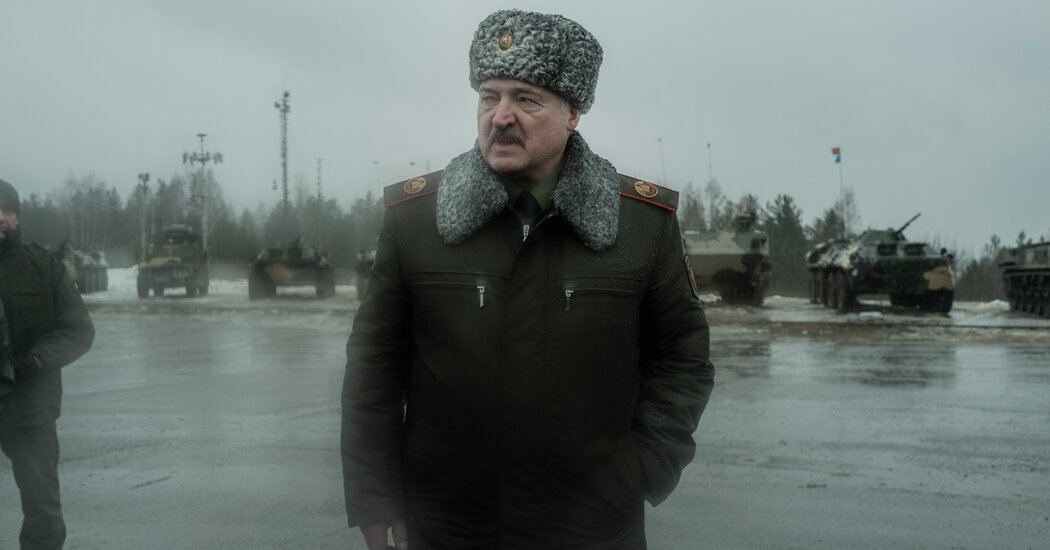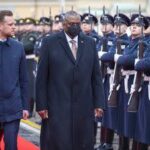
“He is very weak and will do anything to buy Putin’s support,” she said in a recent interview in Vilnius, the capital of Lithuania, where she now heads what amounts to a government in exile and where the United States’ would-be ambassador to Minsk is stationed.
On paper, Belarus and Russia have been joined at the hip since the late 1990s, when Russia’s president at the time, Boris Yeltsin, agreed with Mr. Lukashenko to form a so-called union state, an arrangement that the Belarusian leader believed would dominate because Mr. Yeltsin was so weak, besieged by health and grave political problems.
Since Mr. Putin replaced Mr. Yeltsin in the Kremlin on Dec. 31, 1999, however, he has put Mr. Lukashenko in his place, making clear that the stillborn union state needed to be implemented — with Russia, not Belarus, calling the shots.
At his meeting with Mr. Lukashenko in Moscow on Friday, Mr. Putin said that, after years of delays, “serious progress” was now finally being made in integrating the countries’ economic, political and military systems.
“We have a lot to discuss and to coordinate our stances on a range of issues,” the Russian president said ominously.
After years of resisting pressure from Moscow to recognize Crimea, which Russia annexed from Ukraine in 2014, Mr. Lukashenko recently said that Belarus accepted that the Black Sea peninsula was de facto now part of Russia.
As for the status of the Ukrainian regions of Donetsk and Luhansk, which broke away with Russian support in 2014 and declared themselves “republics,” Mr. Lukashenko said on Thursday that he would follow Russia’s lead in how they should be treated.




